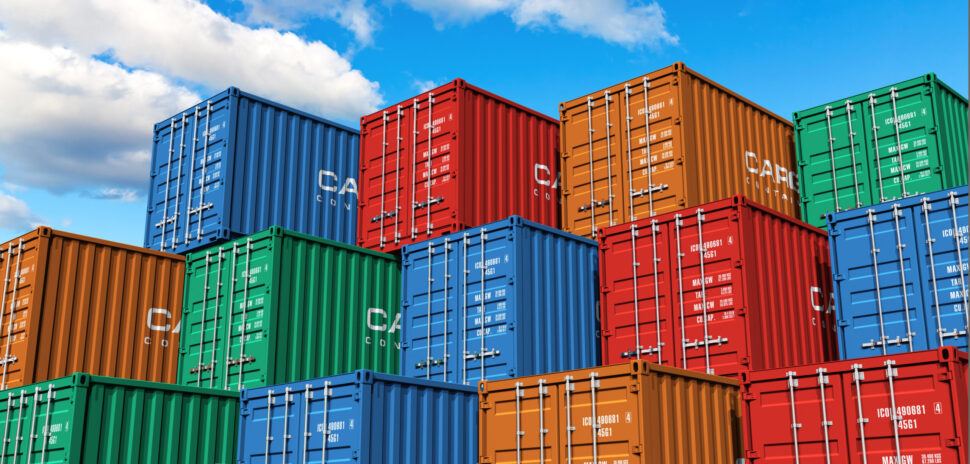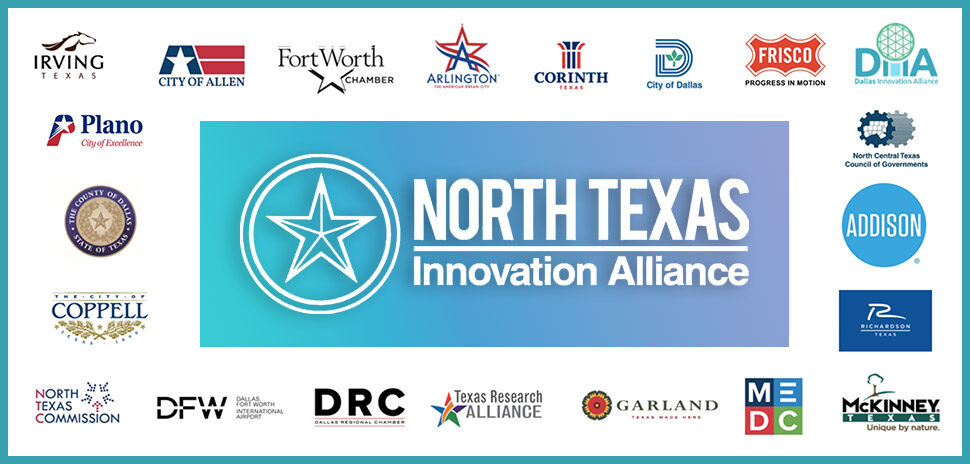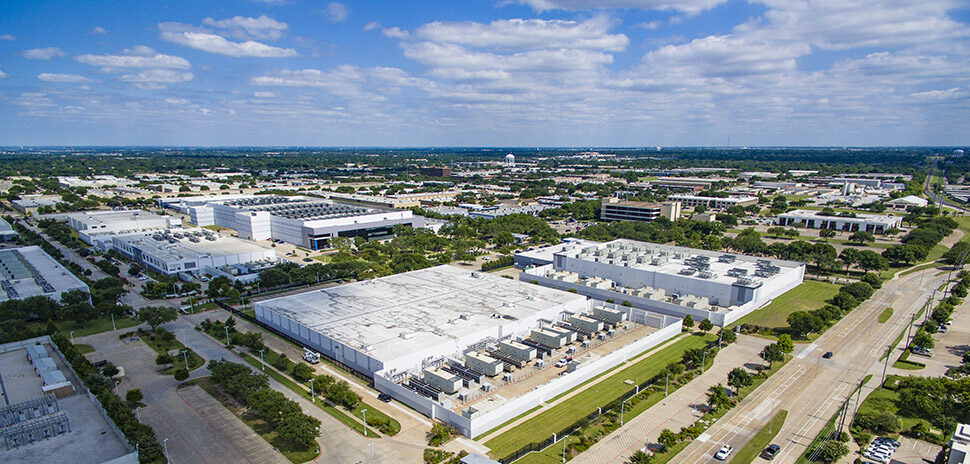North Texas businesses believe that their business will see increased production, revenues, and profitability in 2022 and that many of the changes forced on such businesses because of the COVID-19 pandemic have continued to be implemented, causing these companies to work smarter and more efficiently.
Some of these changes include a hybrid workforce, increased training, and an increased focus on employee development. But even with this increased optimism and evident demand for employees and technology innovation to meet the challenges of the new year’s expected upward economic trends, North Texas businesses still expect to feel the impact of the last two years of supply chain disruption with reverberating effects far into 2022 and beyond.
Shortages that plagued businesses and continue today include shortages of chicken, semiconductors, beer, wine, rubber, glass bottles, packaging, medical supplies, furniture, and apparel. These shortages have been caused in part by the closure of airports, reduction in cargo flights, overloaded ports, increased consumer demand, and labor shortages primarily as a result of the pandemic and, to a lesser extent, weather and political events. Many businesses are dependent on international suppliers and manufacturers, and international shipping costs have skyrocketed.
Most past supply chain disruptions were localized
In the past, most supply chain disruptions were localized and at best affected certain parts of the world, such as China’s imposition of increased tariffs in 2018 through 2021 on many goods in demand by U.S. consumers, causing prices to significantly increase and businesses to seek alternative supply sources; however, the current supply chain disruptive effects are the result of a massive global supply chain breakdown, and U.S. businesses have been and are unprepared for its far-reaching negative effects. U.S. businesses have been operating the same way for decades, staying with a handful of low-cost suppliers and manufacturers, mostly abroad, keeping the supply chain as profitable and efficient as possible while at the same time keeping prices lower for customers. This created a dependency on this handful of suppliers.
Once the pandemic struck, factories shut down, cargo planes were grounded, workers became sick and left the workforce and didn’t return. What worked in stable times did not work now. The many interlocking parts of the supply chain from R&D and manufacturers to distributors and suppliers are highly dependent on each other, and when something goes wrong, there is a domino effect resulting in no product, shortages of product, and delayed product delivery.
There is also the whipsaw effect of pent-up consumer demand being released, making it very difficult for businesses to keep up with demand under these compromised circumstances. For example, many products have lead times of 6 to 9 months, and the effects of the past disruption are now being felt because these orders cannot be filled on time. With ports still backlogged, there remains the problem of delivery once goods are unloaded posed by the significant lack of truck drivers, a problem that existed pre-pandemic and remains unsolved.
Reshaping supply chains for the future
In the future, businesses will need to plan for less dependency on a few suppliers and manufacturers and, among other items noted below, localize, and automate the supply chain
As a result, supply chain managers are forced to assess how to reshape their supply chains in the future to address product delivery delays and shortages by increasing their focus on the resiliency of the supply chain and less on “just-in-time” delivery and pricing. High on the agenda of questions being posed by supply chain managers in 2022 and going forward evaluating these disruptive effects are:
• Do our contracts contain express provisions excusing manufacturer, distributor supplier performance in case of disruptions in the supply chain causing a delay in delivery and shortages of product, and what performance, if any, is required of manufacturers, distributors, and suppliers when shortages or delays occur?
• Do we adequately anticipate potential performance difficulties by imposing a performance test or metrics on manufacturers, distributors, and suppliers to ensure contract defaults are avoided early on or at least mitigate the potential need to terminate the contract due to poor performance?
• Do we need greater visibility to anticipate disruption and deal with governance, legal compliance, human rights compliance, and performance issues?
• Do we need to reduce dependence on a sole source supplier, and how can we best diversify?
• Does the current political environment impose extra burdens on the supply chain, such as restricting the export of goods and increasing tariffs, and how can they be mitigated?
• Do countries where supply is sourced or shipped to now restrict foreign investment in particular sectors in order to protect their access to critical goods, and, if so, how does this affect our supply chain?
• Do we need to increase our technological abilities to create a digital supply network?
• Do we have the opportunity to localize our supply chain and bring goods closer to the consumer? If so, at what cost?
Supply chain managers have opted to renegotiate contracts with increased emphasis on clarifying available remedies in case of shortage of product, inability to meet purchase quotas, lack of on-time delivery, and problems with product quality. Others have re-directed sourcing to countries with less volatility, and some have relocated to suppliers in the U.S. and closer to stores, restaurants, and other businesses to reduce dependency on cross-border supply arrangements. Specific issues supply chain managers are considering include:
Spotlight on Force Majeure Provisions
Supply chain managers have given the presence and wording of force majeure provisions (excusing performance due to a force majeure event) specific attention. All jurisdictions require a force majeure event to be specifically listed in the contract or to fall within a catch-all provision like “Acts of God.” An event like COVID-19 is most likely covered if the contract expressly lists pandemic, epidemic, public health emergency or supply shortage as a force majeure event. Other expressly provided events that have been successfully invoked involve government orders and natural disasters. For a more in-depth discussion of force majeure provisions, see here.
Increased Control Through Performance Metrics
Measurement of performance has never been more important. Supply chains can no longer withstand the suppliers (especially in a sole supplier context) that do not perform in accordance with the supply contracts. Measuring performance periodically against objective, quantifiable metrics will help supply chain managers to address deficiencies far in advance of determining that a supplier is in breach of performance standards and taking action to terminate the relationship.
Normally, a performance test or key performance indicators are scored on a scorecard prepared by the supplier and then evaluated in periodic meetings to determine where performance against these metrics (e.g., on-time delivery, consumer complaints, compliance with specifications) is being achieved. Failure to meet the metrics allows the supply chain manager to address remedies to cure the failure and to upgrade metrics as the relationship progresses.
Increased Reliability Through Due Diligence
Engaging a supplier has always required vetting, validation, and due diligence, but this environment of failed supply chain relationships makes the due diligence process essential for any supply chain manager.
As part of such due diligence, the supply chain manager will want to identify legal and operational risks, including determining how much visibility the supplier has of its own supply chain, including sub-tier suppliers; compliance with codes of conduct, FCPA, and ESG issues important to the supply chain manager; how the prospective supplier has reacted to other material disruptions like product shortages and whether that disruption is still having adverse effects; the level of insurance coverage maintained by the supplier and whether the supply chain is digitized for greater transparency and to what degree information can be accessed by the supply chain manager in real time.
Restrictions on Foreign Investment and Political Pressures
COVID-19 caught many supply chain managers off guard by exposing suppliers’ inadequate strategic reserves and governments’ inability to organize rapid and substitute production of critical supplies. Governments are now more likely to scrutinize transactions that involve production of anything deemed critical to the national wellbeing, including medical devices, pharmaceuticals, and personal protective equipment.
Germany, France, and the U.K. have tightened foreign investment and purchases relating to the health sector; and in the U.S., the Committee on Foreign Investment (“CFIUS”) has gradually granted more powers to intervene in transactions involving critical technologies. For example, CFIUS has engaged in more in-depth evaluations involving Chinese investment in U.S. businesses, particularly in the healthcare sector.
Human Rights
Human rights compliance might be prone to take a back seat with respect to the challenges posed by COVID-19, and suppliers may be tempted to lessen attention on these issues. However, doing so would pose additional risk. Laws such as California’s 2010 Transparency in Supply Chains Act, the U.K.’s 2015 Modern Slavery Act, and France’s 2017 Duty of Vigilance law require investigation and compliance with human rights mandates.
The Netherlands recently adopted a child labor due diligence law, and Germany has a new law coming into effect on human rights due diligence in 2023. The E.U. is considering a value chain due diligence law that will cover human rights, environmental, and governance issues. This also means that stockholders, investors, and consumers will continue to closely evaluate supplier conduct during COVID-19, particularly multi-national companies because of their wide-ranging impact on consumers, and will have increased expectations as businesses reemerge.
Technology
Supply chain managers look for digitization which they know will enhance supply chain visibility, transparency, and efficiency by improving monitoring of inventory and ensuring product safety. Manufacturers and suppliers are acquiring technological capabilities or collaborating with those in the tech space to harness systems such as predictive maintenance, automation, AI, and data mining, thereby improving inventory management and working capital limitations.
![]()
Get on the list.
Dallas Innovates, every day.
Sign up to keep your eye on what’s new and next in Dallas-Fort Worth, every day.















![Dr. Justin Lonon, vice chancellor of Dallas College, addresses the crowd at the recent Goldman Sachs 10,000 Small Businesses Dallas Graduation. [Photo: 10KSB]](https://s24806.pcdn.co/wp-content/uploads/2021/06/GoldmanSachs-10KSB-4992-970-970x464.jpg)


















































